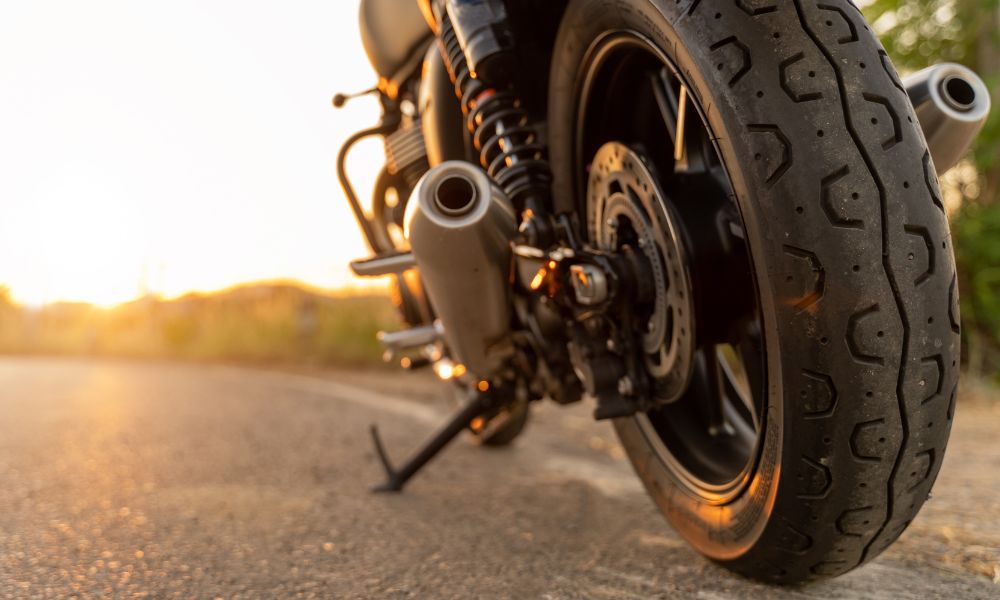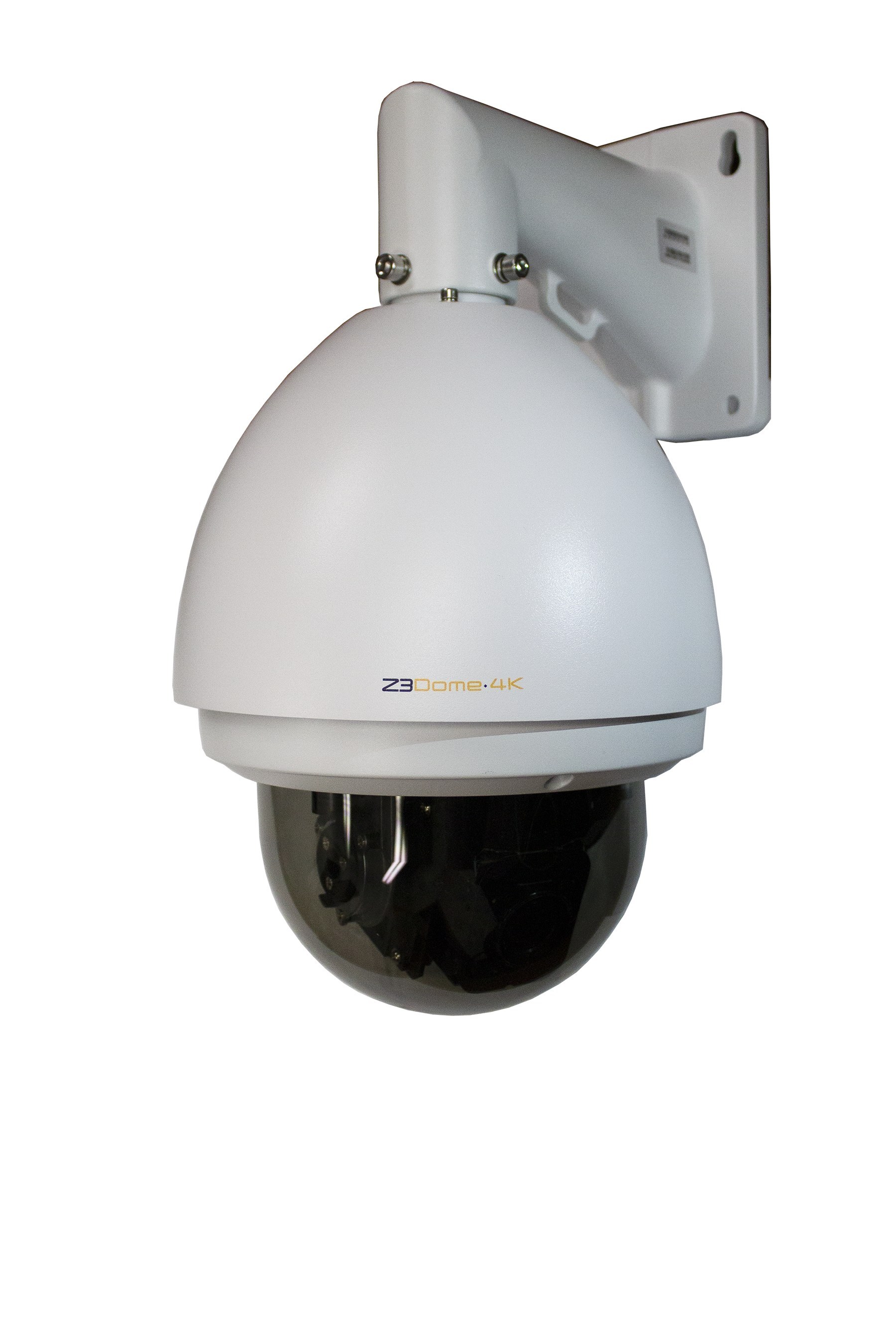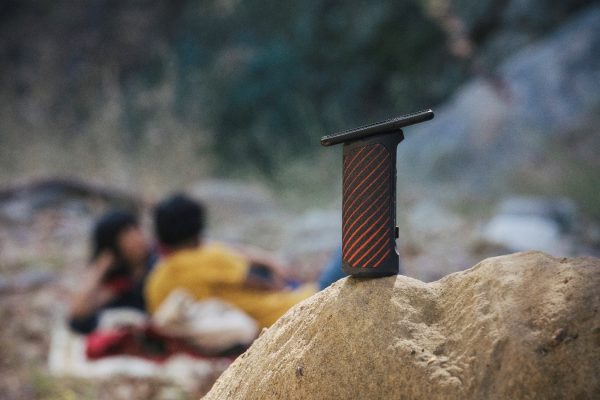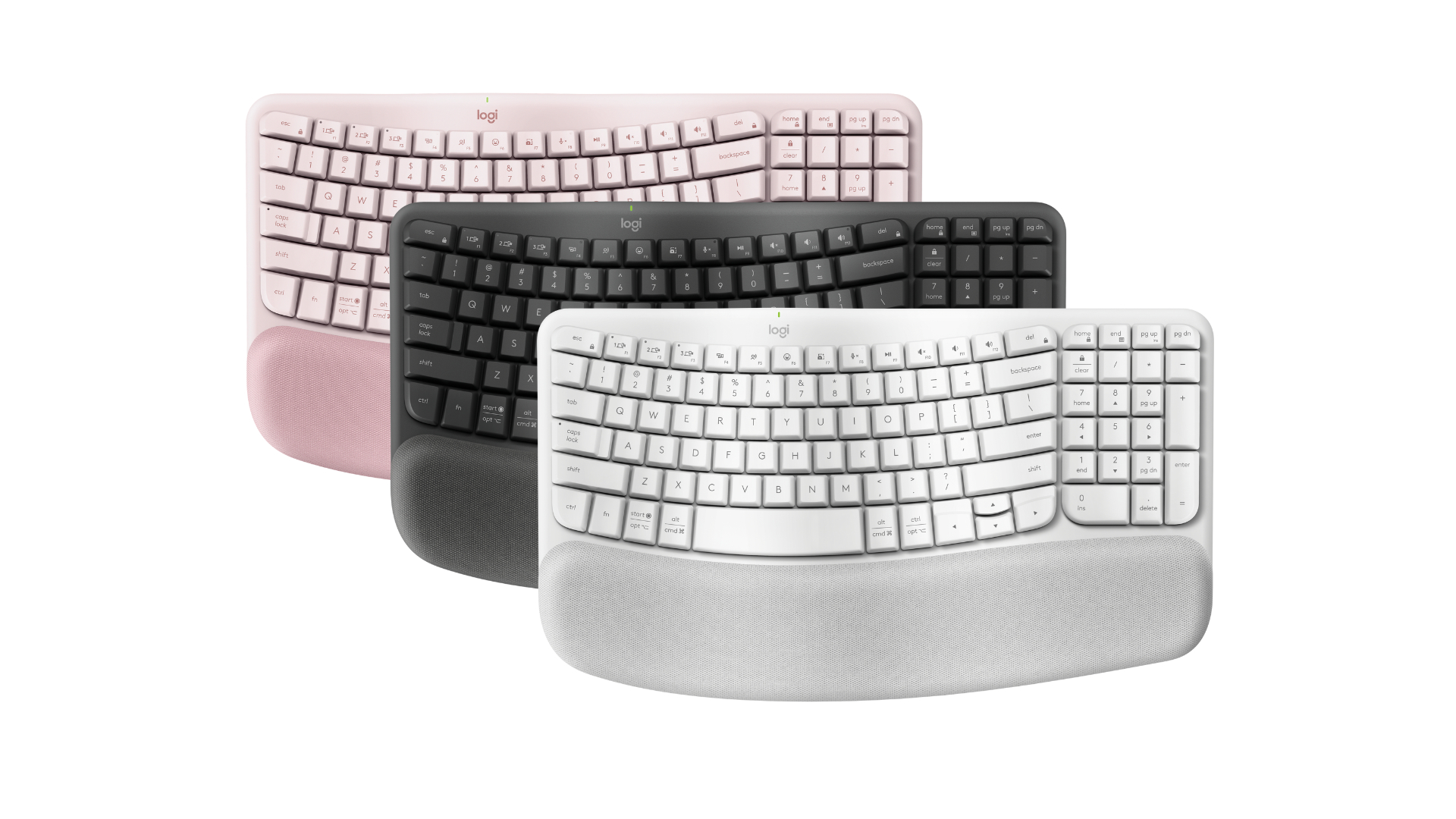3 Tips for Buying Aftermarket Motorcycle Upgrades

Aftermarket motorcycle kits and parts are available so that you can make performance enhancements for a better experience. Maybe you want a more comfortable ride or a more fuel-efficient engine. Either way, the diverse range of components available ensures you can take the best approach for your performance needs. Before embarking on your search, read these tips for buying aftermarket motorcycle upgrades to avoid overlooking critical steps in the process.
Find Reputable Aftermarket Sellers
Although many aftermarket sellers exist, not all are equally reputable. You should stick to aftermarket sellers with positive reviews and quality materials. It also helps to know someone else in the motorcycle community who enjoys upgrading because you can ask who their go-to retailer is.
The reason you want to be wary of who you buy from is that fake parts exist in the market, so you have to avoid them if you want the best experience post-installation. Don’t let this deter you from upgrading, though—legitimate aftermarket components are widely available and ready to help riders optimize their performance in various ways.
Remember That Not Every Upgrade Is Universal
This is a critical tip for buying aftermarket motorcycle upgrades because some components are interchangeable with various bikes, making them conveniently versatile tools for motorcycle owners. That said, if the description of an aftermarket kit entices you, always make sure that the upgrade fits before buying it.
If you install a motorcycle component not designed with your model in mind, then it won’t deliver the performance you’re expecting, which prolongs the upgrade process as you look for replacements. By keeping these tips in mind, you can make your upgrade shopping experience focused and satisfying.
Never Lose the Manual
After you finish installing your new motorcycle upgrade, place the manual somewhere you will remember. The owner’s manual is your guiding light whenever you have to make repairs, install upgrades, or complete maintenance. For example, locating your manual is among the best methods for troubleshooting common fuel tuning mistakes.
Mistakes can happen after installing fuel-tuning components, but the right resources and a little bit of patience can help you fix the situation. If you’re going to install more upgrades, consider setting up a specific drawer or box for hanging on to component or kit owner’s manuals so that you always know where to turn to for that guiding light.





